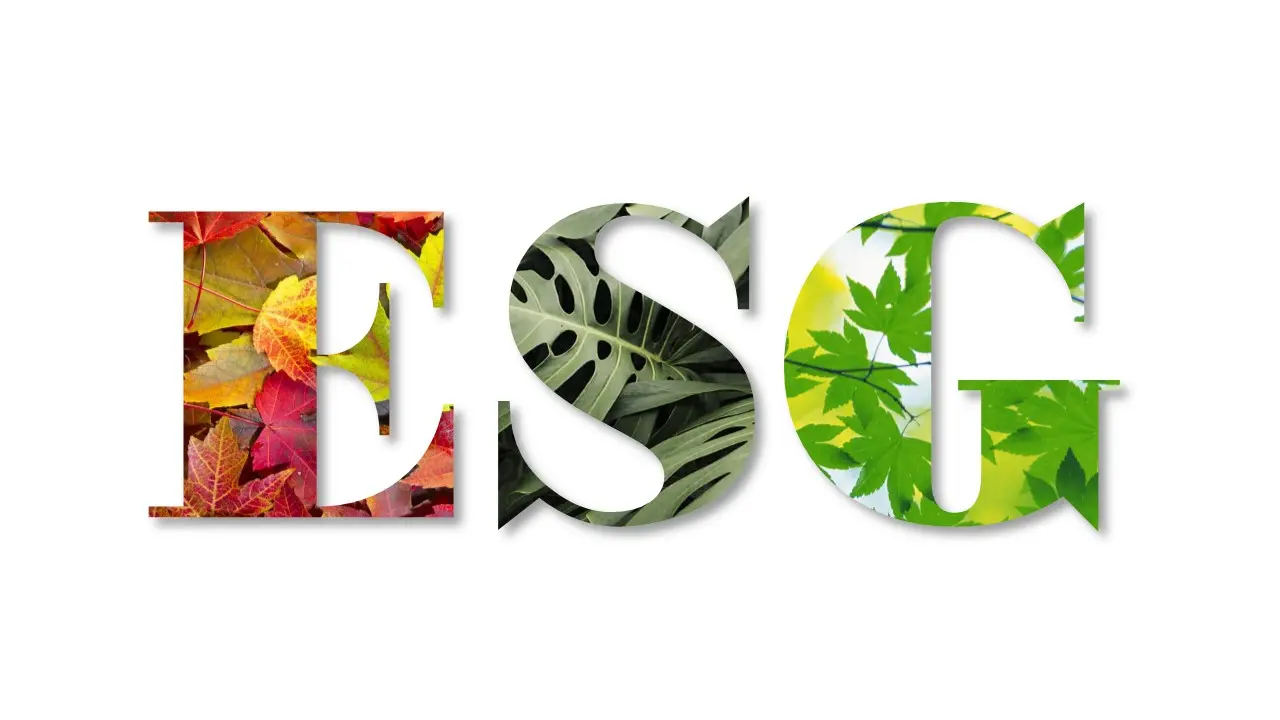
30. 5. 2022
Investing in solutions that could get us out of the environmental crisis made by the Fashion industry
Having the fact that the fashion industry is responsible for more than 10% of all greenhouse gas emissions, with textile production alone estimated to release about 1.2 billion tons of greenhouse gases into the atmosphere every year, vast amounts of water are also needed to produce the clothes we wear and the fashion industry being responsible for 20% of global wastewater.
Recently the world saw pictures of the Atacama desert in Chile becoming a dumpster for the global fast fashion industry, with over 100,000 clothing items laid to waste, many of them new unsold items with the price tags still attached. Also, the 2013 Rana Plaza factory collapse in Dhaka, Bangladesh which killed over 1,100 and injured 2,500 more, had brought today more than ever the environmental, social, and governance issues upfront, and people, brands, and companies ate trying to come up and implement solutions that can help to make the switch.
In recent years, the “ESG” aspects of business are becoming a mainstream consideration globally and are receiving ever more attention. The questions raised by ESG issues have never been in focus to the extent that they are right now, and companies have been pushed through legal, regulatory, consumer, and employee pressure to use their values and culture to drive an ESG agenda forward.
The fashion industry has started implementing these rules with promises to complete and fully run their companies according to the ESG regulations in the years ahead.
The priorities are:
The “E” stands for “environment,” reflecting a focus on aspects like resource use and pollution.
Raw materials: Raw material production is the biggest part of a fashion chain’s carbon footprint. A shift away from synthetic fibers (including recycled polyester made from plastic bottles) towards using more natural fibers is key — while also transforming how natural fibers are produced. Recycled materials are also making their debut in mainstream fashion chains. Innovation and production of next-gen fibers are also crucial.
Another solution could be Scaling down the production: The boom of the mass market brands was the start of most of the environmental and social issues. What used to be 2 – 4 collections per year is now 16 – 20 collections, but heavily reliant on synthetic fibers. Even the luxury brands had changed the tempo and produced more collections for greater profit. Whether it's establishing other revenue streams or adjusting the business model to help retain increasingly conscious customers, brands need to be focused on separating profitability from volume production.
More Renewable energy: Decarbonizing the supply chain is one of the single biggest needs for meeting global emissions targets. It’s not an innovation, just a matter of adoption.
Chemicals: Banning a handful of specific hazardous substances is not enough. Comprehensive approaches are needed, with a focus on eliminating rather than just reducing harm — while engaging with the full supply chain to ensure standards are met and both the environment and the workers are safe.
The “S” stands for “social,” which looks at issues of how a company is treating its own employees or labor practices within its supply chain.
Better buying practices: Suppliers can only improve working conditions, pay decent wages, and implement sustainable practices if they are paid well enough by brands to do so. That means, contracts need to include not only fair pricing for individual product orders but also, decent payment terms and reliable production schedules.
Supply chain transformation: Brands need to invest in the end-to-end process of transforming supply chains — not just in the final product. Priority areas include helping farmers with the steep transition to organic and regenerative agriculture; and helping suppliers transition to renewable energy, whether through cost-sharing, facilitating access to bank loans or other financial tools, such as longer-term buying contracts to help suppliers handle capital costs.
The “G” stands for “governance,” which draws attention to questions such as overall strategy and guidance on ESG from the leadership, compliance, and gender diversity within the company.
In relation to employees, the requirement includes explaining a method whereby the voices of employees can be represented in board-level discussions and ensuring that employees are able to raise concerns through whistleblowing arrangements
These structures could be seen as governance arrangements, but when properly delivered they allow – and even encourage – employee activism and engagement in the culture of the company they work in.
The world of fashion does seem to be excelling in one area of ESG. Some fashion houses are consistently at the top of employee surveys, relating to diversity and inclusion, including gender, openness to all forms of sexual orientation, race and ethnicity, disability, and age.
Another change in the fashion industry comes directly from the customers. The younger generations are more aware of the environmental issues and they have the will and feel obliged to do the changes for a better world they will live in. Many of them are preferring to purchase one pricier sustainably produced item then three cheaper ‘dirty “ones. It is very important for them to know how the product was made and how the brand is dealing with the ESG issues.
Sustainability ratings of fashion chains also started becoming more mainstream, helping to guide consumers in their shopping choices.
Second hand ‘luxury’ shopping is in big demand now. Reusable luxury clothing and accessories as part of the environmental measures and for more affordable prices are widely welcomed by the youngsters.
Yes, the world of fashion is measuring up, changing, and keeps moving forward as a force for positive social & environmental change.
I believe that by now, the majority of us (people) are doing something, to make the world a better place.
Marjan Gigov
Head | Director of Retail Agency
Colliers
Prague
